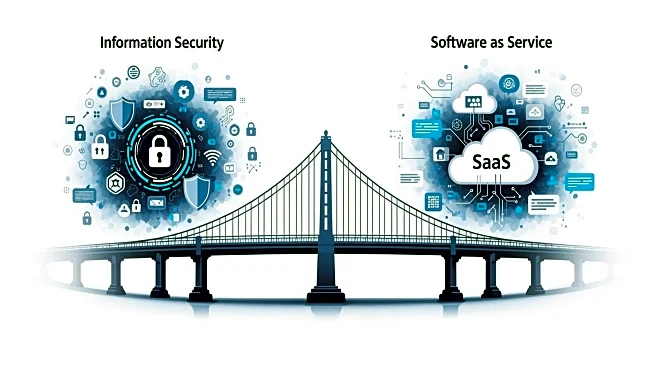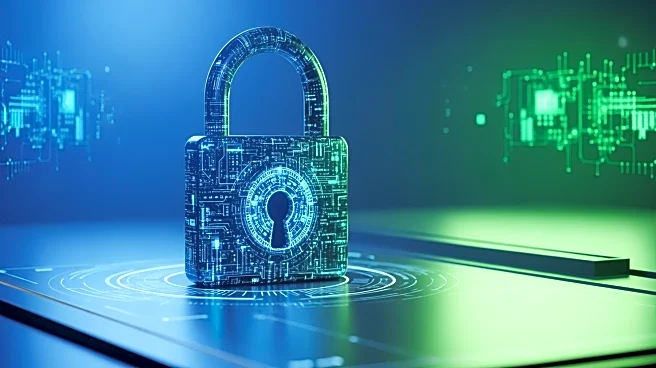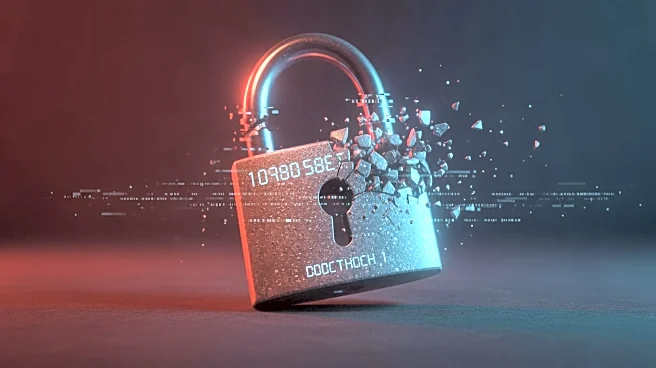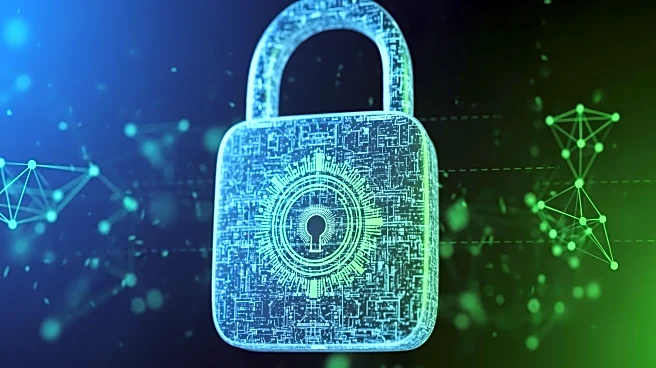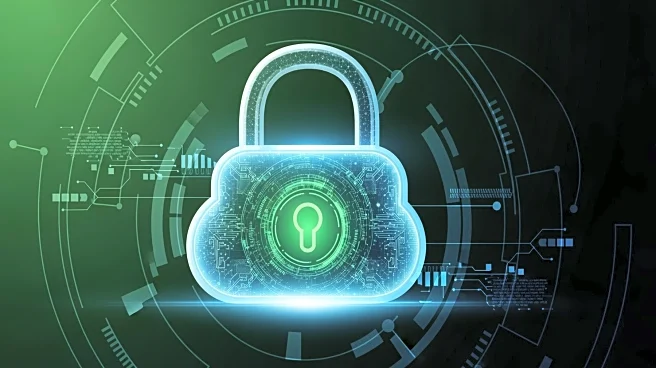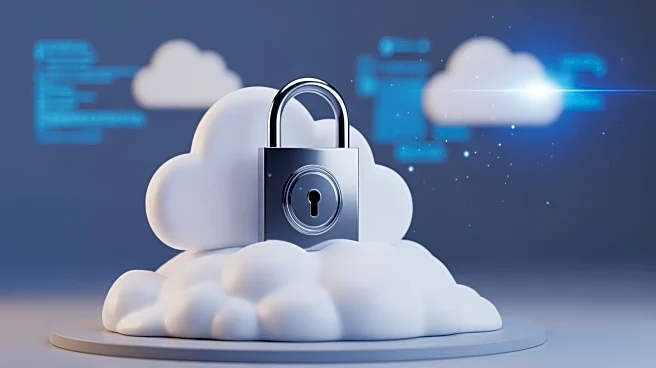What's Happening?
Recent data breaches in software-as-a-service (SaaS) environments have exposed vulnerabilities that many Chief Information Security Officers (CISOs) and InfoSec professionals were not prepared for. Despite
significant investments in security by SaaS providers, organizations often neglect their own responsibilities in safeguarding data on these platforms. The 2025 CSA State of SaaS Security Report reveals a 'confidence paradox,' where 79% of organizations express confidence in their SaaS security programs, yet face substantial capability gaps. The CSA SaaS Security Capability Framework highlights misalignments between vendors, application owners, InfoSec, and risk teams, leading to delays and increased risk exposure. The divide between InfoSec and SaaS teams is a critical issue, as InfoSec teams establish standards but may not delve into the specifics of each SaaS platform, while SaaS administrators often lack the security expertise needed. This gap can result in serious security vulnerabilities, such as improper identity and access management, insecure integrations, and inadequate protection of sensitive data.
Why It's Important?
The divide between InfoSec and SaaS teams poses significant risks to data security, potentially leading to data breaches and unauthorized access to sensitive information. Organizations that fail to address these gaps may face financial losses, reputational damage, and legal consequences. Bridging this divide is crucial for enhancing SaaS security and leveraging the benefits of emerging technologies like agentic AI. By collaborating effectively, InfoSec and SaaS teams can establish secure configurations, perform comprehensive security assessments, and mitigate risks. This collaboration is essential for maintaining the integrity and confidentiality of data in SaaS environments, which are increasingly integral to business operations across various industries.
What's Next?
Organizations are encouraged to adopt strategies that bridge the InfoSec-SaaS divide, such as establishing secure baseline configurations and conducting regular security self-assessments. These steps involve collaboration between InfoSec and SaaS teams to understand evolving threats and role-based permissions. Automation and agentic AI can play a role in maintaining security configurations and reducing risks. As threats continue to evolve, ongoing collaboration and assessment are necessary to ensure robust security measures are in place. Organizations must prioritize these efforts to protect their data and maintain trust with stakeholders.
Beyond the Headlines
The ethical implications of data security in SaaS environments are significant, as organizations hold vast amounts of sensitive information. Ensuring robust security measures is not only a technical challenge but also a moral obligation to protect user privacy and data integrity. The collaboration between InfoSec and SaaS teams can lead to a cultural shift towards more proactive and comprehensive security practices, fostering a more secure digital environment.
